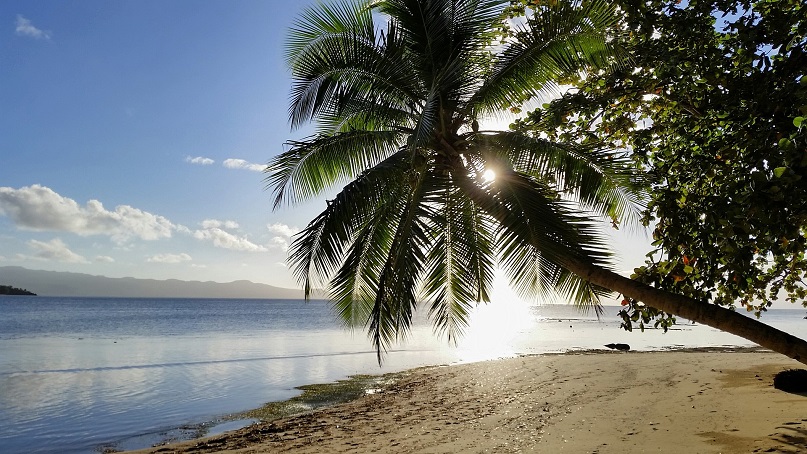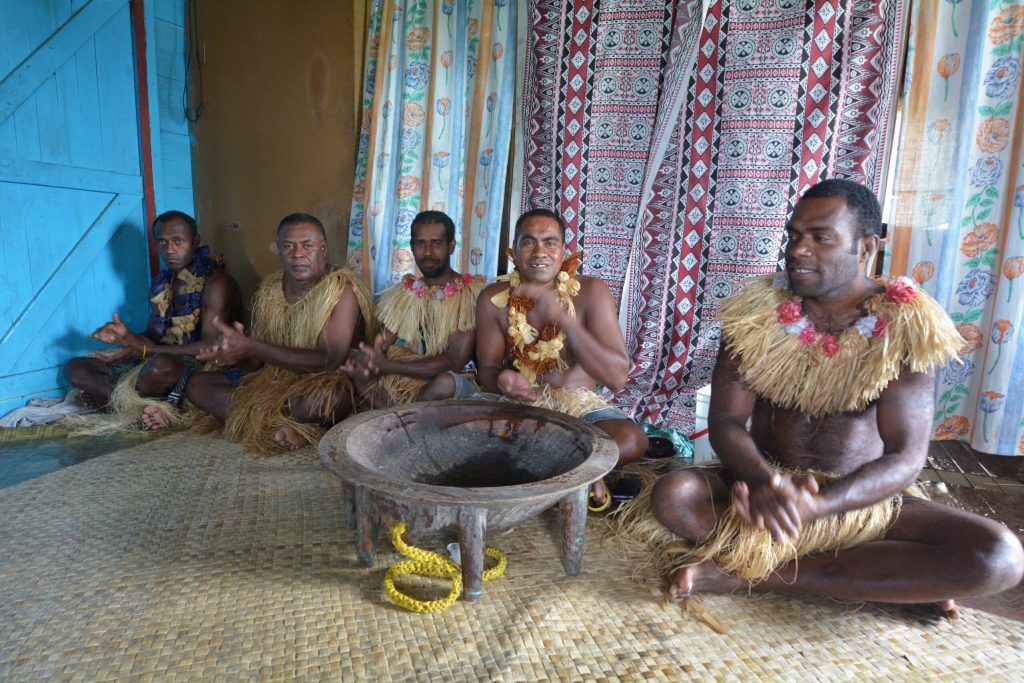Written by: Hannah E. Beltran
KavaKwik is a St. Petersburg, FL-based retailer on a mission to bring the Pacific Island tradition of kava to the modern, global space. Made with premium-grade Vanuatuan Noble Kava, the instant mixes are easy-to-use and come in palate-friendly flavors. This is your invitation to channel the tranquility of the Islands and this much-loved tradition today.
Hailing from the Pacific Islands, kava is an infused beverage made from the root of the namesake kava plant (Starbuck, 2000). It is culturally-significant and imbued in tradition, with preparation styles and serving customs that vary slightly from region to region, even from village to village (Tikilounge Productions, 2019). While kava is consumed in both informal and formal settings, it is always consumed communally. As a measure of respect, the best and most potent kava is customarily reserved for an honored guest, such as a member of royalty (Kilham, 1999). Unlike other popular ancient health supplements that improve the body in a passive way, the crux of kava’s popularity is that its euphoric, muscle and nerve-relaxing effects can easily be felt at the time of consumption (Kilham, 1999).

The indigenous way of preparation involved chewing the kava root to form a masticated lump that was brewed in cold water and left to steep in a large bowl (Starbuck, 2000). Present-day traditional preparation of kava is slightly modified, likely for sanitary reasons. The root is ground into a powder-fine substance, lumped into a mass, soaked in water, and extracted in a large bowl using a cheesecloth-like fabric bag (Thetravelcreatives, 2010). This extraction process can be done to the desired level of strength and is what transforms the kavalactones, the compounds ultimately responsible for the tranquility-inducing effects of kava, into a medium for consumption (Kilham, 1999). In any case, the resulting tea is then poured into a separate bowl and passed along to each participant (Tikilounge Productions, 2019). Each participant is expected to immediately consume the contents of the entire bowl and signal when they are ready for the next round as well as when they are finished drinking (Tikilounge Productions, 2019). There is a hierarchy to serving kava – the guest or person of honor is served first, followed by the elders, and finally the remainder of the group (Tikilounge Productions, 2019). The individual entrusted with making the beverage typically is the last to partake {Tikilounge Productions, 2019).

Kava has gained traction outside of the Pacific Islands as a natural alternative to anti-anxiety medications (Starbuck, 2000). The commercialized forms of kava are thus developed with the intent of making it easily accessible to the general public. Establishments such as kava bars and cafes assist in this purpose by serving kava in different flavors; this is a deviation from natural kava since unadulterated kava tea has a bitter flavor. Other types of kava-related businesses intend to simplify kava brewing for individual consumption. One such example is the AluBottle. Touted as “the world’s first kava maker,” the two components of this product are a stainless steel kava brewing ball and a portable shaker bottle with a top that doubles as a medium for tea drinking (Kavafied, 2020). The process is made to be user-friendly and geared toward a consumer with an active, on-the-go lifestyle symbolic of present times. A user is simply required to insert pre-ground kava into the brewing ball, add the brewing ball and water to the bottle, and shake vigorously until the tea is brewed (Kavafied, 2020).
The commodification of kava is divisive in the kava drinking community. On one hand, mass distribution promotes awareness of kava’s rich benefits and traditions to a wider audience than ever before. Conversely, the commodification of kava strips its identity as a cultural fixture, removing from the tea the sacred, ritualistic, and communal aspects that lie at its core.
KavaKwik is a St. Petersburg, FL-based retailer on a mission to bring the Pacific Island tradition of kava to the modern, global space. Made with premium-grade Vanuatuan Noble Kava, the instant mixes are easy-to-use and come in palate-friendly flavors. This is your invitation to channel the tranquility of the Islands and this much-loved tradition today.
References
Kavafied. “FAQs.” Kavafied, 2020, www.getkavafied.com/pages/faqs
Kilham, C. (1999). The roots of KAVA. Better Nutrition, 61(3), 62.
Starbuck, J. J. (2000). the calming power of kava. Better Nutrition, 62(8), 26.
Thetravelcreatives. The Travel Creatives: Kava Kava Traditional Preparation Hawaii Style. YouTube, Thetravelcreatives, 9 Aug. 2010, www.youtube.com/watch?v=-qlGHwP5C0A
Tikilounge Productions. How to Mix and Serve Kava. YouTube, TheCoconetTV, 4 Aug. 2019, www.youtube.com/watch?v=9Anozq6zSnQ




